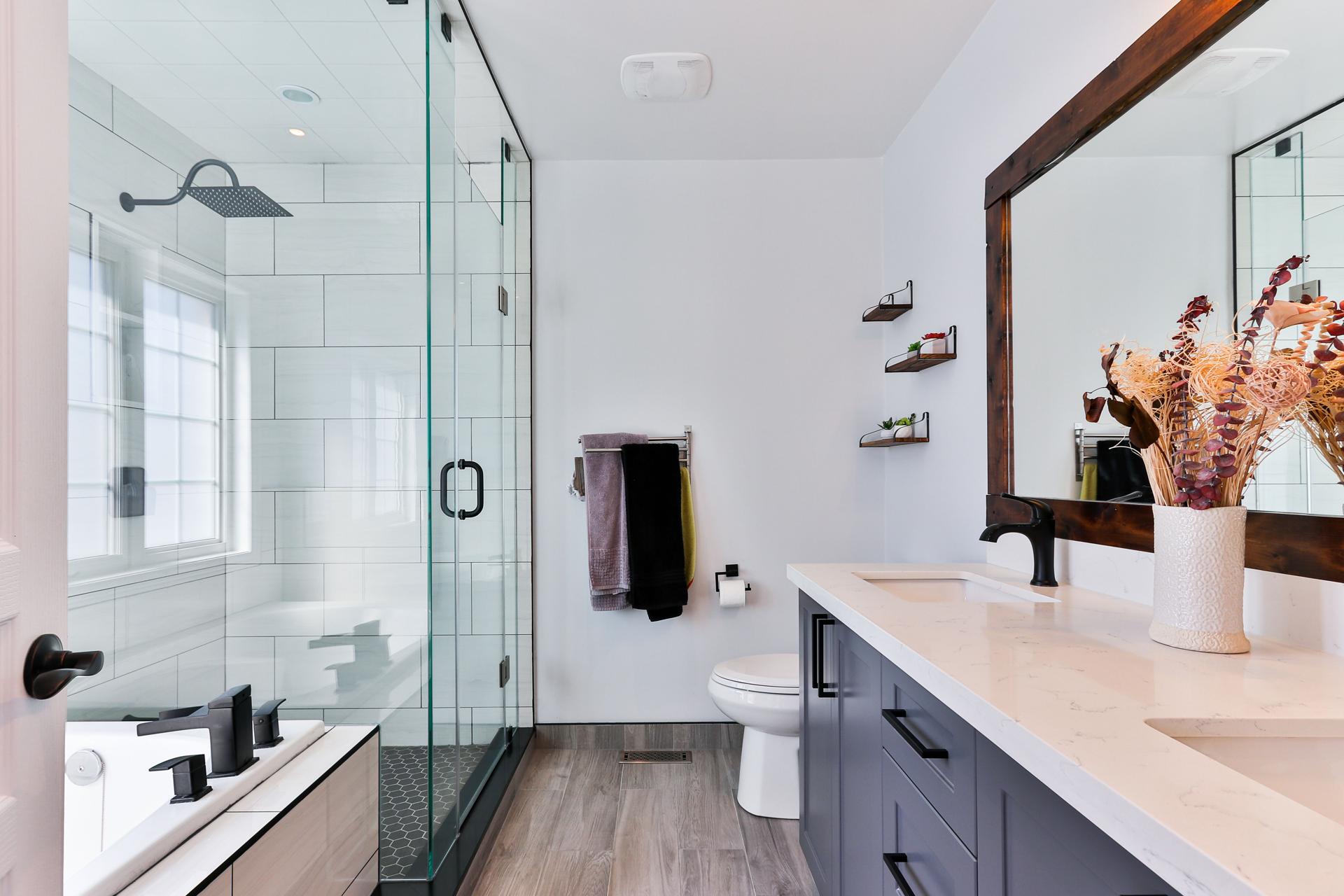Getting Started with Hot Water Plumbing: A Beginner's Guide

Plumbing for hot water is an integral part of daily life. We rely on hot water for many purposes like showering, cleaning dishes and even doing laundry. In this article, we will provide you with a basic understanding of the plumbing of hot water.
Heating Water Basics
The term "hot water plumbing" refers to the system that supplies hot water to various areas of a building. It differs from cold water plumbing because it requires heating water prior to it being distributed throughout the structure. The main elements of a hot water plumbing system comprise the water heater, pipes, fixtures, and valves. The water heater is the most critical component of a hot-water plumbing system. It heats the water and keeps it in storage until it is required. The pipes carry warm water that is heated from the water heater to the fixtures, like showers and faucets. Valves control the flow of hot water, while fixtures are used to disperse hot water to various parts of the building.
The different types of hot Water Heaters
There are three kinds of water heaters available on the market that include tankless, storage tanks and heat pump water heaters. Tankless water heaters heat the water at the demand of users and don’t store hot water. Storage tank water heaters keep hot water in tanks until it is required. Water heaters with a heat pump use electrical energy to transport heat to ground or air to warm the water. Every type of hot water heater has its pros and cons. Tankless water heaters are more energy-efficient and have a longer life however, they are more costly. Tank water heaters for storage are less costly, but they have a shorter life span and aren’t as efficient in energy use. Heat pump water heaters are the most energy-efficient but could not be suitable for colder climates.
Maintenance of Hot Water Pipes
Regular maintenance is crucial in order to make sure that the hot water system operates well and effectively. A few tips to maintain a hot water plumbing system include checking for leaks as well as flushing the tank or replacing anode rods. The need to look for leaks is vital to prevent water damage and to ensure that the hot water plumbing system isn’t using up water. The process of flushing the tank eliminates sediment and mineral buildup, which reduces the effectiveness of the water heater. The anode rod is constructed to protect against corrosion and should be replaced every few years.
Troubleshooting Hot Water Plumbing Issues
Common problems that arise in hot water plumbing systems are a lack of hot water or low pressure. If you notice a shortage in hot water pressure, this may be caused by malfunctioning heating elements or a defective thermostat. A low water pressure could be the result of a blocked pipe or valve. If you encounter any of these issues, it is recommended that you consult a professional plumber to determine and fix the issue.
Conclusion
Knowing how hot water plumbing works is crucial in ensuring that the hot water system functions correctly and efficiently. Regular maintenance and troubleshooting are important to avoid problems and prolong the lifespan of your hot water system.
The Hot Water Plumbing FAQ
How long does an electric water heater last?
The life span of a hot water heater depends on the type and model. On average, a tank water heater lasts 8-12 years, while a tankless water heater could last as long as 20 years.
What can I do to determine whether my hot water heater requires replacement?
The signs that your hot water heater is in need of being replaced are corrosion or rust in the tank. Other signs include leaks, strange noises, and a lack supply of hot water. If you encounter any of these symptoms it is suggested that you seek out a qualified plumber.
